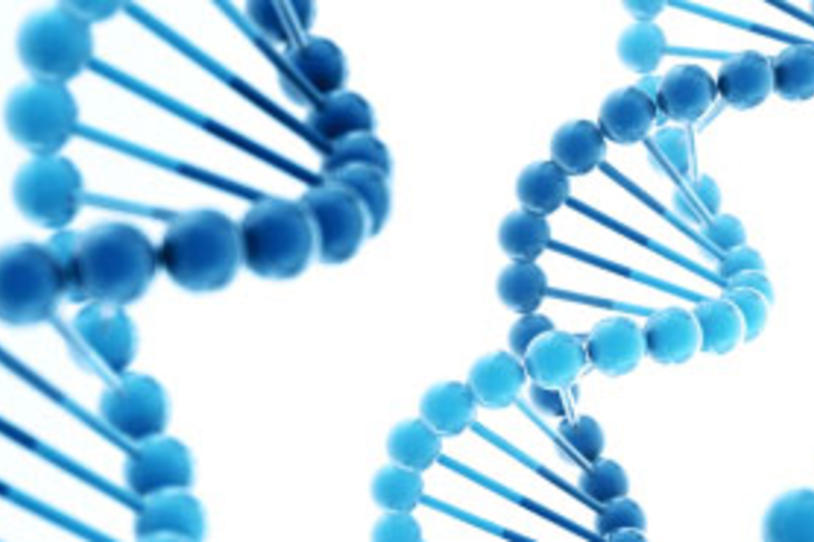
We all know the adage, “One person’s junk is another one’s treasure.” They’re words to keep in mind when perusing local garage sales or flea markets.
But now, new findings from a large-scale federally-funded project suggest that genetic researchers might want to adapt the maxim to “Our DNA’s junk is actually science’s treasure.”
Here’s why: According to The New York Times, the study of more than 400 scientists from 32 labs across the world has determined that parts of our DNA once considered as “junk” may hold vital clues to what causes diseases such as Parkinson’s. And understanding the role this misdeemed “junk” plays could, down the road, lead to new drugs to treat a host of conditions, from multiple sclerosis, to Crohn’s disease, to Celiac disease. Researchers from the project have already penned papers on each of these, among others.
Times author Gina Kolata explains:
The human genome is packed with at least four million gene switches that reside in bits of DNA that once were dismissed as ‘junk’ but that turn out to play critical roles in controlling how cells, organs and other tissues behave. The discovery, considered a major medical and scientific breakthrough, has enormous implications for human health because many complex diseases appear to be caused by tiny changes in hundreds of gene switches.
Throughout the course of the study, researchers began to realize that in some diseases such as cancer, she reports, DNA changes were actually not occurring in the genes associated with the disease themselves, but instead, in these so-called “junk areas” that scientists hadn’t, of yet, understood very well (These areas have a new name — “dark matter”). If, in the future, researchers can determine which switches in dark matter are driving the spread of a certain disease, they may be able to develop drugs to either turn on or off the switches toward stopping the disease.
As is often the case in science, the question of “what lies in the future” does not come with a definitive timeline. Says Foundation Associate Director of Research Programs Maurizio Facheris, MD, MSc: “These results could have real significance moving forward for developing better treatments for diseases such as PD. But they will also inevitably open up new challenges for scientists to figure out how to analyze the massive amount of data that has been generated.”
Still, some researchers suggest that these findings signify that we may be getting closer to practical applications stemming from genetic research. In 2003, scientists successfully mapped the human genome for the first time. An owner’s manual for the human body now in hand, many thought that the personalized treatments for genetic diseases like cancer and Alzheimer’s were right around the corner. This hasn’t happened as fast as some had hoped, because, quite simply, there is too much data to try to understand.
But the new study, in some ways, may be helping to zero in just a little bit closer:
‘It’s Google Maps,’ said Eric Lander, president of the Broad Institute, a joint research endeavor of Harvard and the Massachusetts Institute of Technology. In contrast, the project’s predecessor, the Human Genome Project, which determined the entire sequence of human DNA, ‘was like getting a picture of Earth from space,’ he said. It doesn’t tell you where the roads are, it doesn’t tell you what traffic is like at what time of the day, it doesn’t tell you where the good restaurants are, or the hospitals or the cities or the rivers.’
For the near future, scientists will enjoy searching for genetic treasure with the help of this new roadmap. There’s a lot of data get out from under.
The good news is, they now know it isn’t all junk.